1970’s Strangest Fad: The Pet Rock
In a bar in 1975, a lighthearted conversation about the hassles of pet ownership sparked a million-dollar idea for Gary Dahl: the pet rock. Dahl envisioned a pet that required no care, creating a concept that blended simplicity with a dash of humor.
This seemingly absurd idea, born out of jest, set the stage for one of the most iconic fads of the 1970s.
What Is a Pet Rock?
A pet rock, at its core, is a smooth stone from Rosarito Beach, Mexico. But it wasn’t just the rock that captivated America—it was the concept. Marketed as the ideal pet, it required no feeding, walking, or grooming.
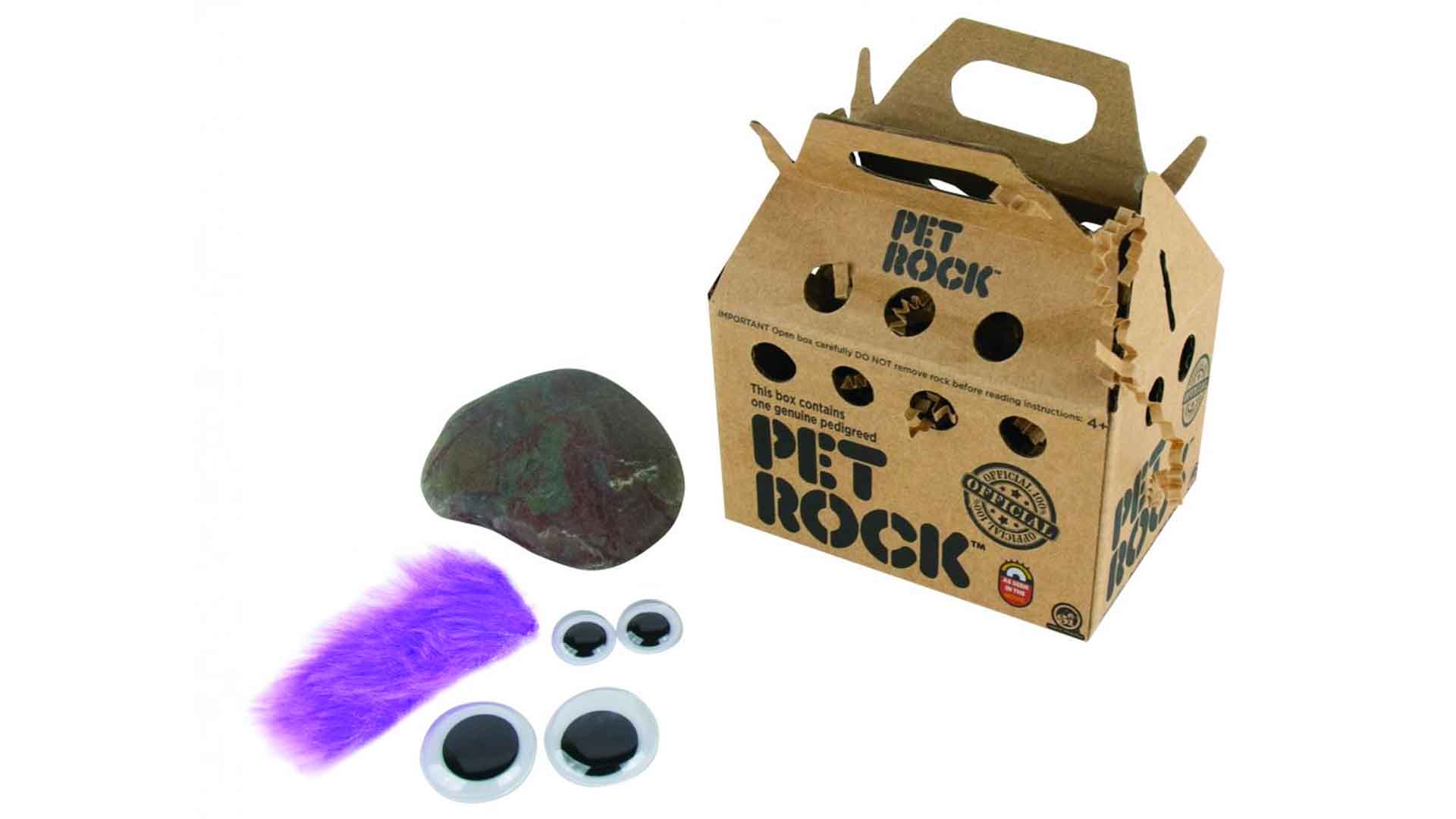
Source: Scientifics Direct
The idea was a hit, resonating with those looking for a low-commitment companion, wrapped in a layer of novelty and humor.
Marketing Genius: The Pet Rock Box
The original pet rock was more than just a stone; it was an experience. Each rock came in a custom box, complete with straw and breathing holes, mimicking a real pet’s habitat.

Source: NBC News/YouTube
This clever packaging played a crucial role in the product’s charm, making the pet rock not just a toy but a conversation piece.
Pet Rock Mania: A National Phenomenon
The pet rock rapidly transitioned from a quirky idea to a national sensation. By Christmas 1975, it became the must-have item.
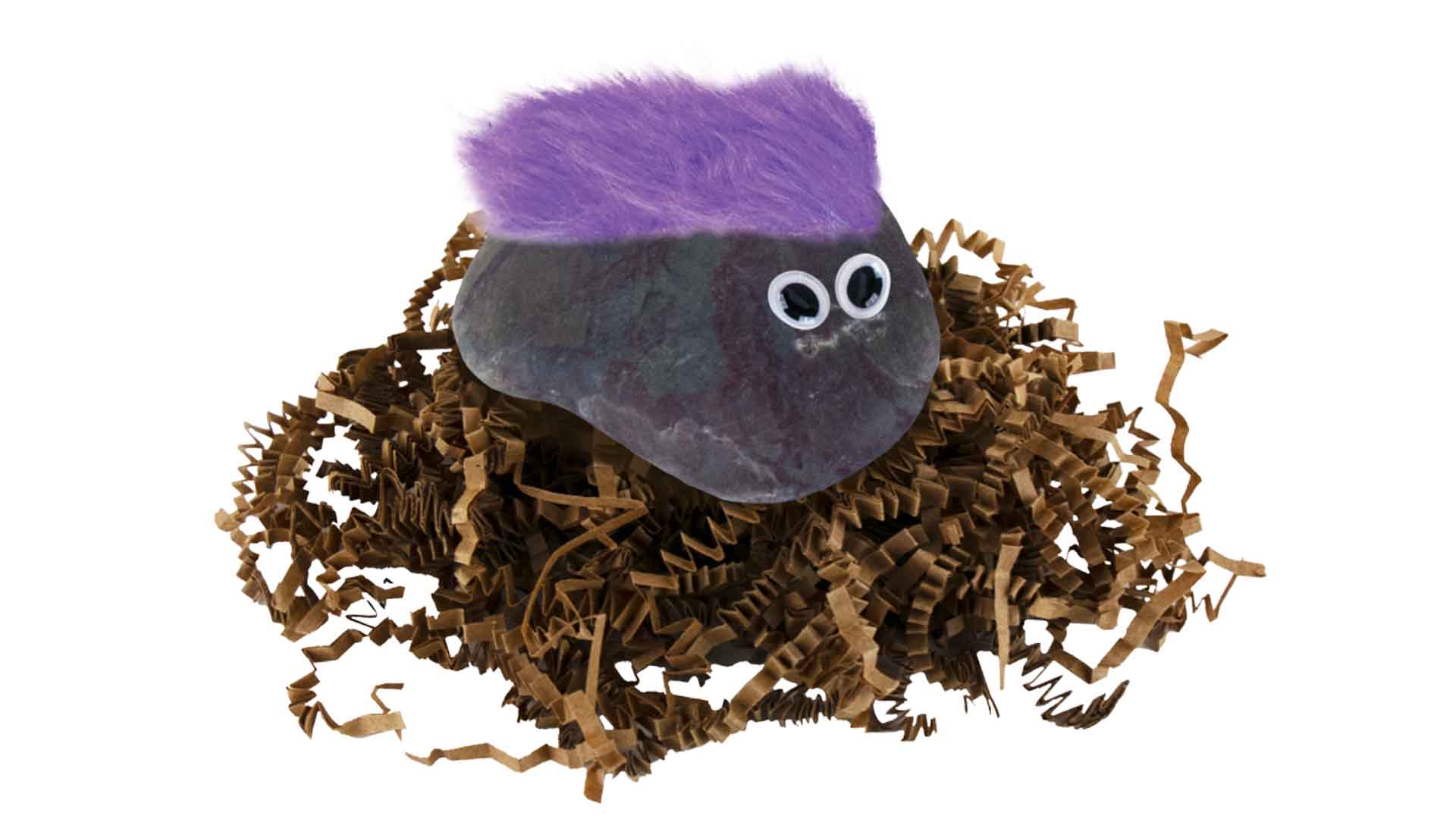
Source: Scientifics Direct
Its success was a testament to America’s fascination with fads and the power of marketing, capturing the public’s imagination with its uniqueness.
The Instruction Manual: A Touch of Humor
Each pet rock came with a manual, “The Care and Training of Your Pet Rock,” filled with witty puns and gags.
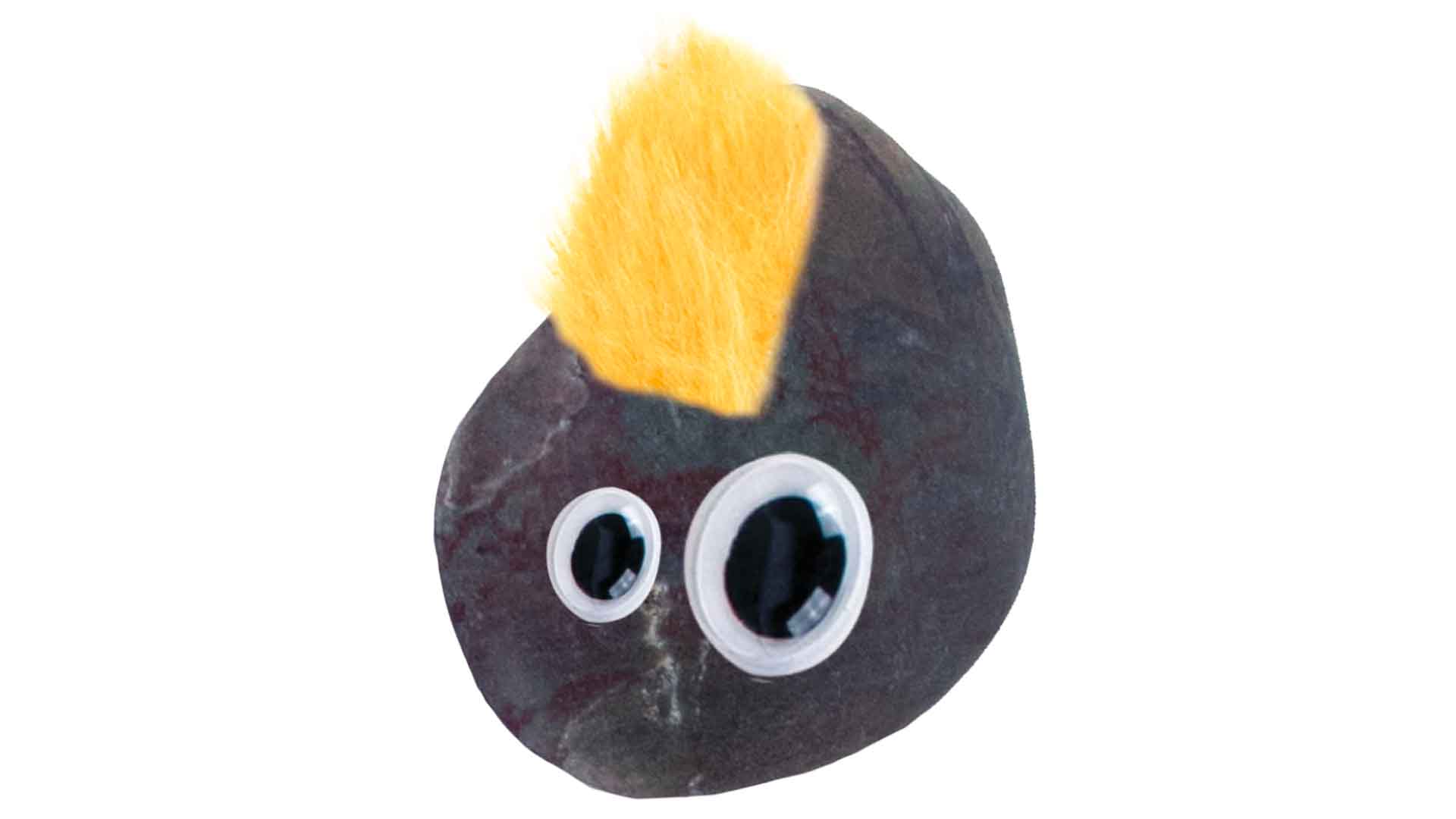
Source: Scientifics Direct
It included pet rock instructions for commands like “sit” and “stay,” which the rock would flawlessly execute, adding a humorous twist to the concept and enhancing its appeal.
Images of Pet Rocks: Simple Yet Iconic
The pet rock’s design was the epitome of simplicity: a plain stone. Yet, it became an iconic symbol of the 1970s.
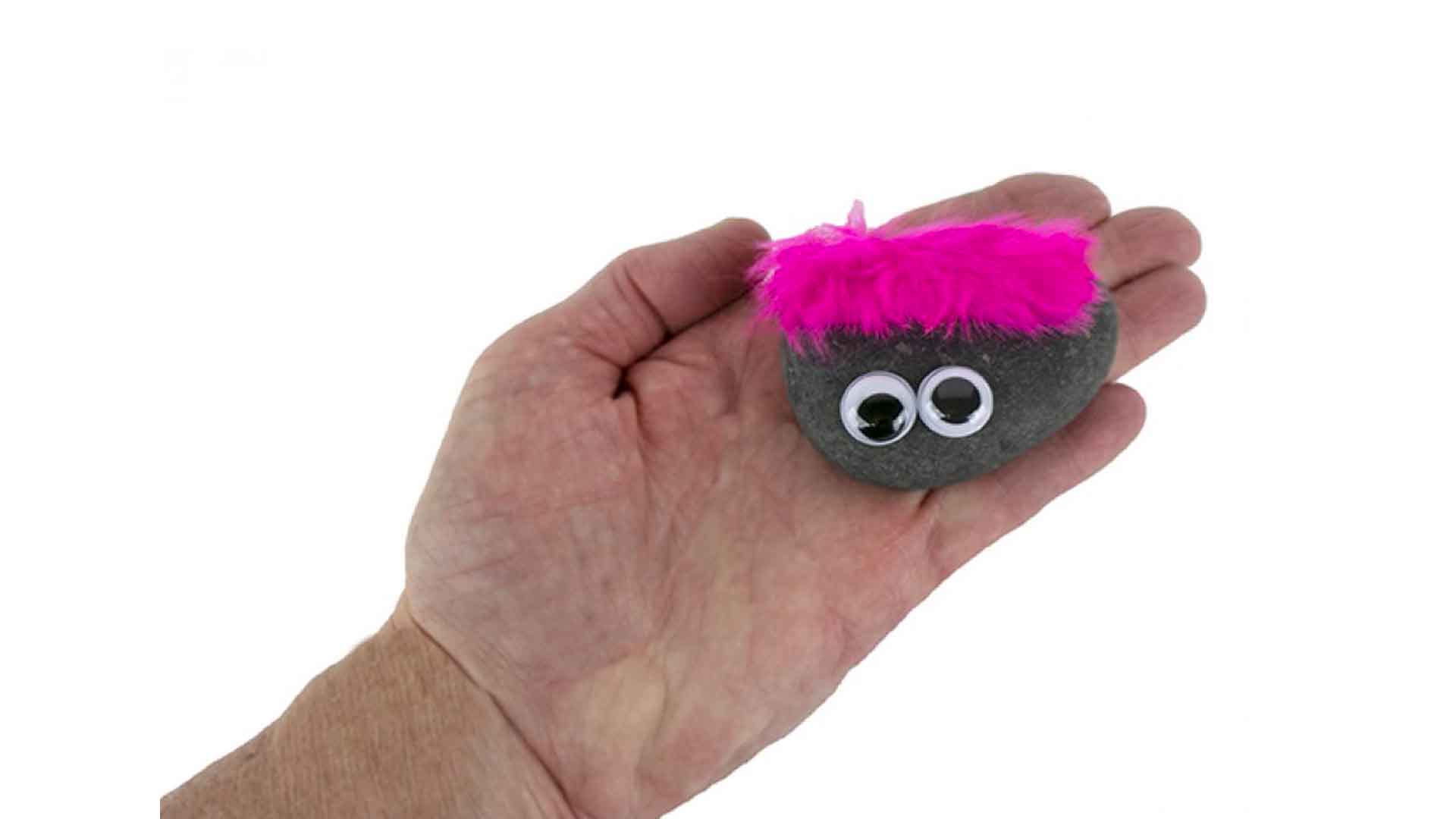
Source: Scientifics Direct
Photos of these pet rocks, often showcased in their boxes, serve as nostalgic reminders of this peculiar yet beloved fad.
The Economic Side: Costs and Profits
Financially, the pet rock was a triumph. Each rock cost only a cent, and the straw was nearly free. Gary Dahl’s biggest expense was the packaging, yet he sold over a million units at $4 each.
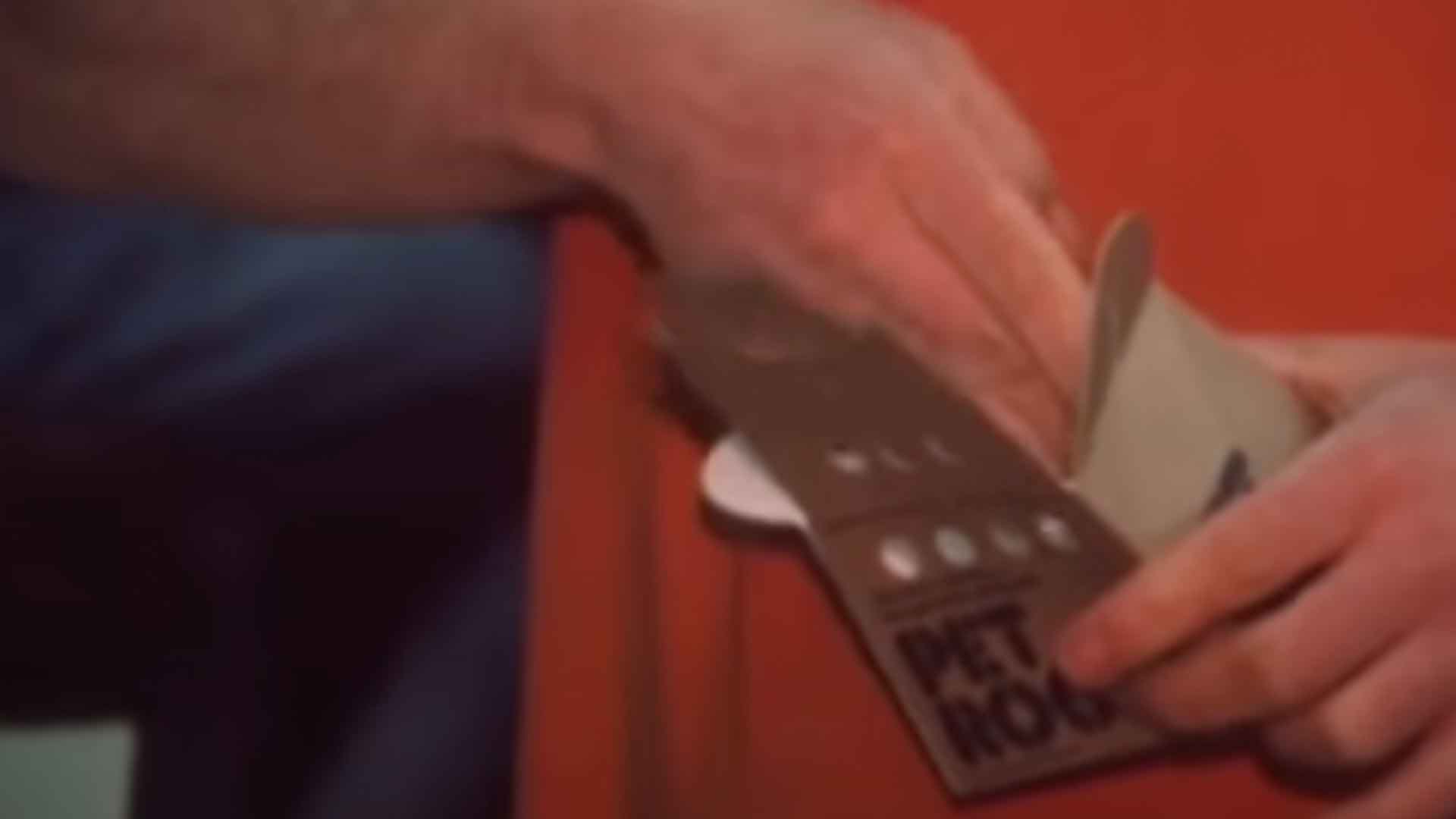
Source: NBC News/YouTube
This low-cost, high-profit model was a business success story, making Dahl a millionaire.
Beyond the Rock: Gary Dahl's Career
After the pet rock craze, Gary Dahl continued in advertising, albeit more quietly. He opened a bar, “Carry Nations,” and largely stayed out of the public eye.
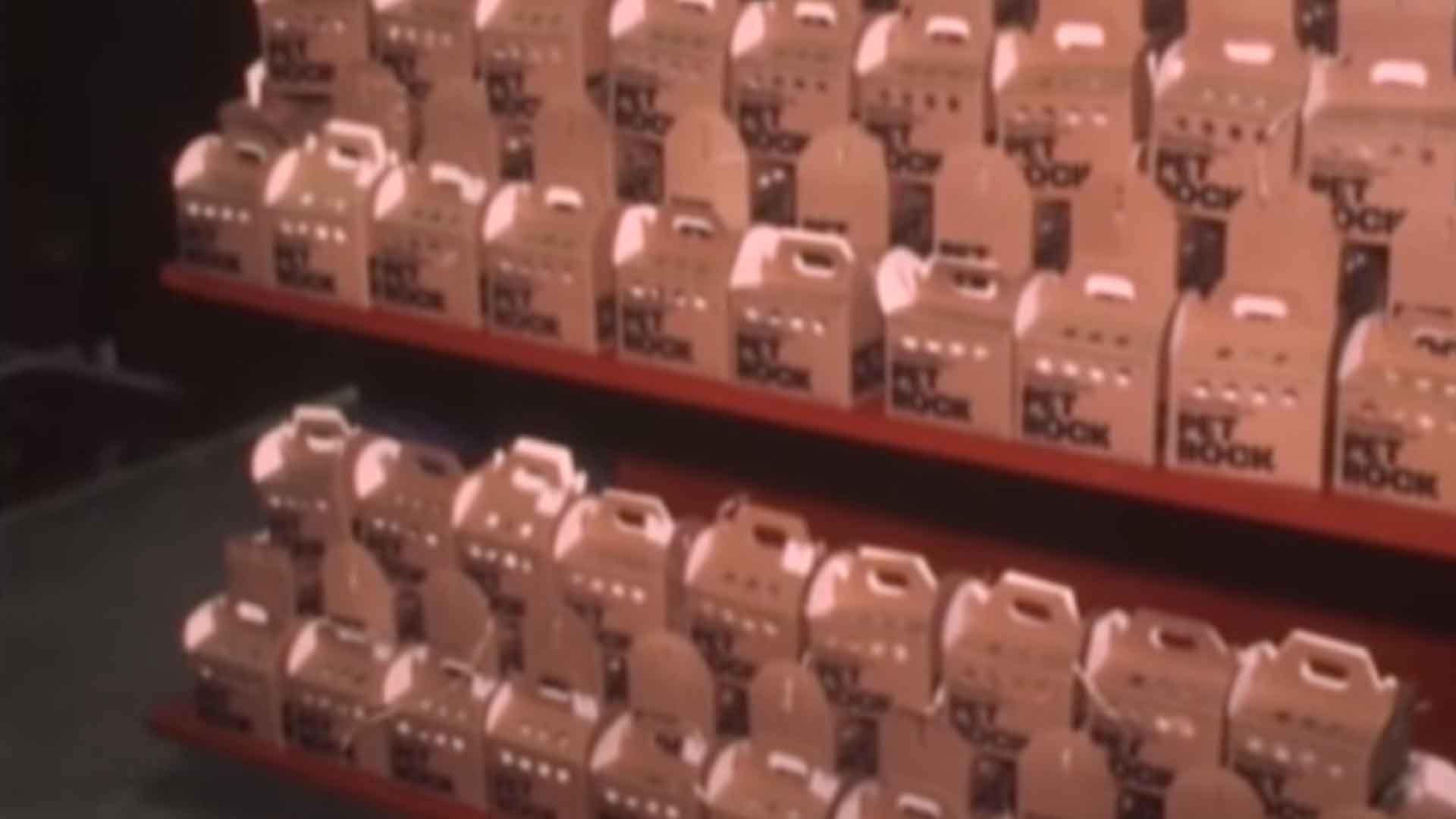
Source: NBC News/YouTube
His avoidance of fame was a personal choice, driven by the unexpected side effects of his sudden success.
When Did Pet Rocks Come Out? A Timeline
The pet rock made its debut in 1975 and quickly rose to fame. Its peak popularity was during the Christmas season of the same year, but by early 1976, the craze had largely faded.
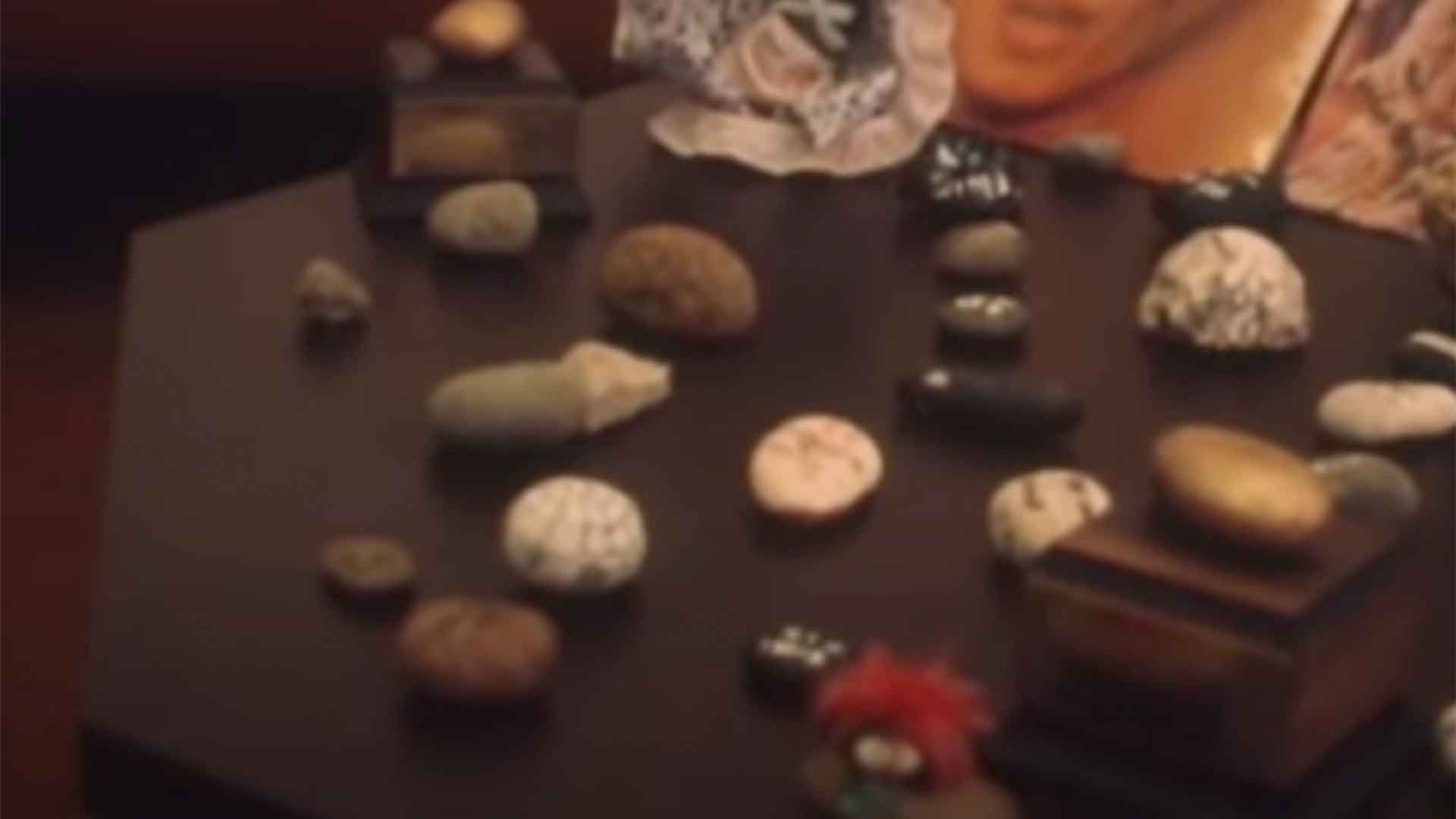
Source: NBC News/YouTube
This brief yet intense period marked the pet rock’s place in history as a symbol of fleeting fads.
Pet Rocks for Sale: The Legacy Continues
The legacy of the pet rock endures. Relaunched in 2012, the pet rock continues to be a novelty item, appealing to those nostalgic for the 1970s or seeking a unique, carefree pet.
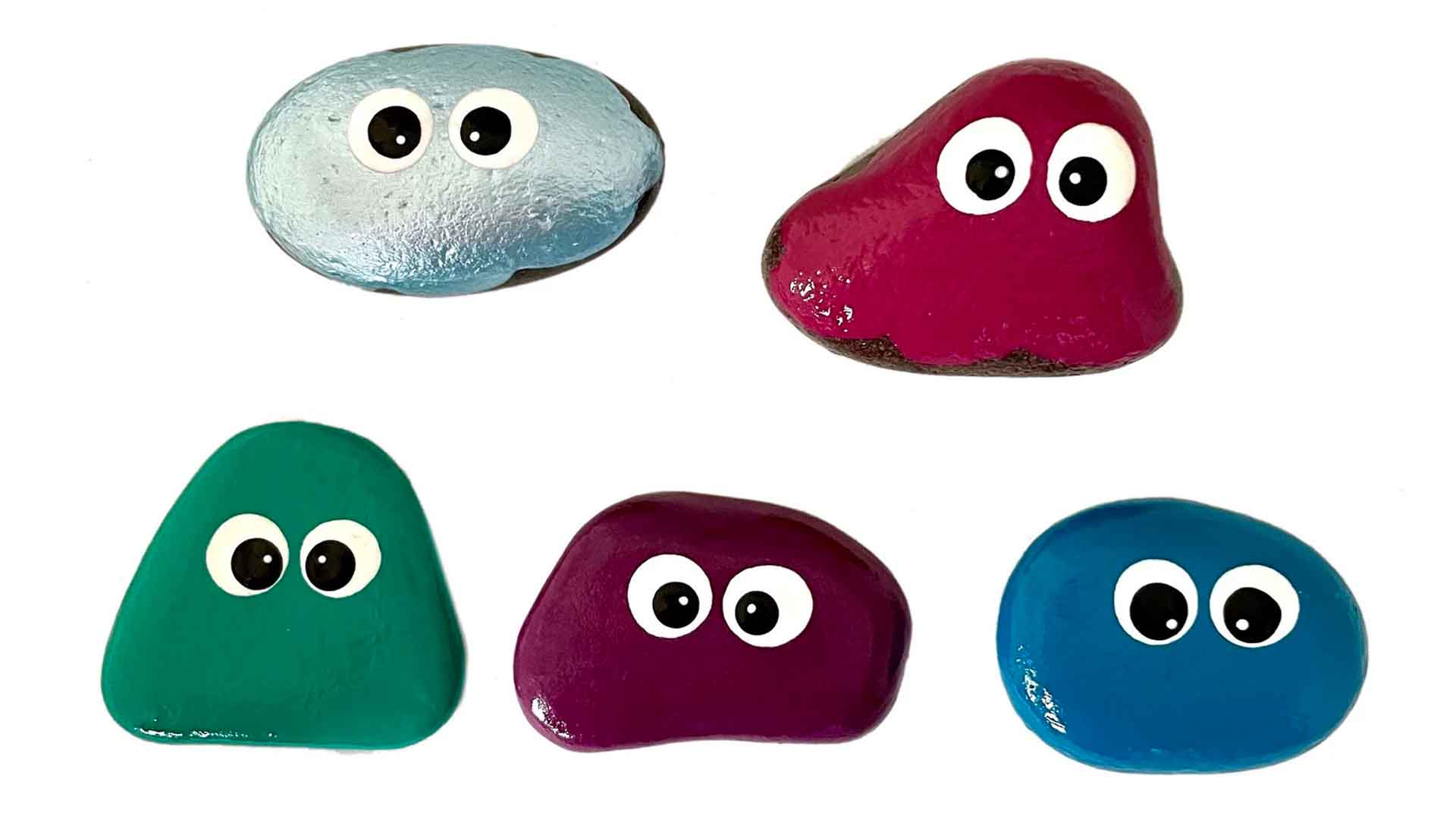
Source: Tinybluebirddesigns/Etsy
The continued interest keeps in the simple product the spirit of the original fad alive.
The Pet Rock in Popular Culture
The pet rock remains a cultural reference point, often cited in discussions about fads and consumer behavior.
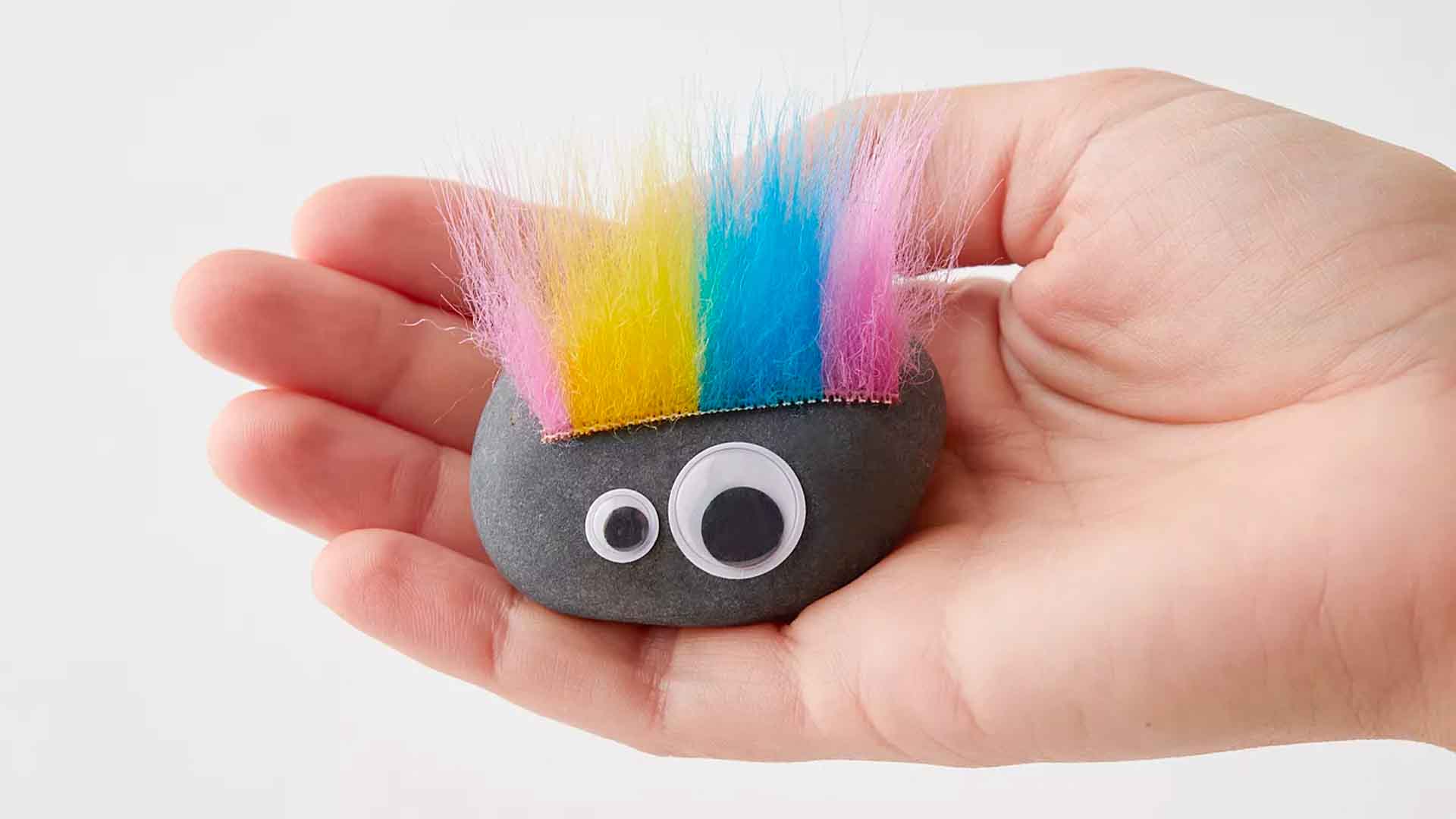
Source: Urban Outfitters
It had a specific moment in 2022, with the release of “Everything Everywhere All at Once,” which featured characters turning into googly-eyed rocks. This shows the pet rock’s impact extends beyond its physical form, symbolizing the whimsical and sometimes surprising nature of popular trends.
Understanding the Fad: What Made Pet Rocks Special
The 1970s pet rock phenomenon can be attributed to its simplicity, humor, and novelty. It tapped into a desire for something easy and amusing, offering a unique blend of pet ownership and practicality.
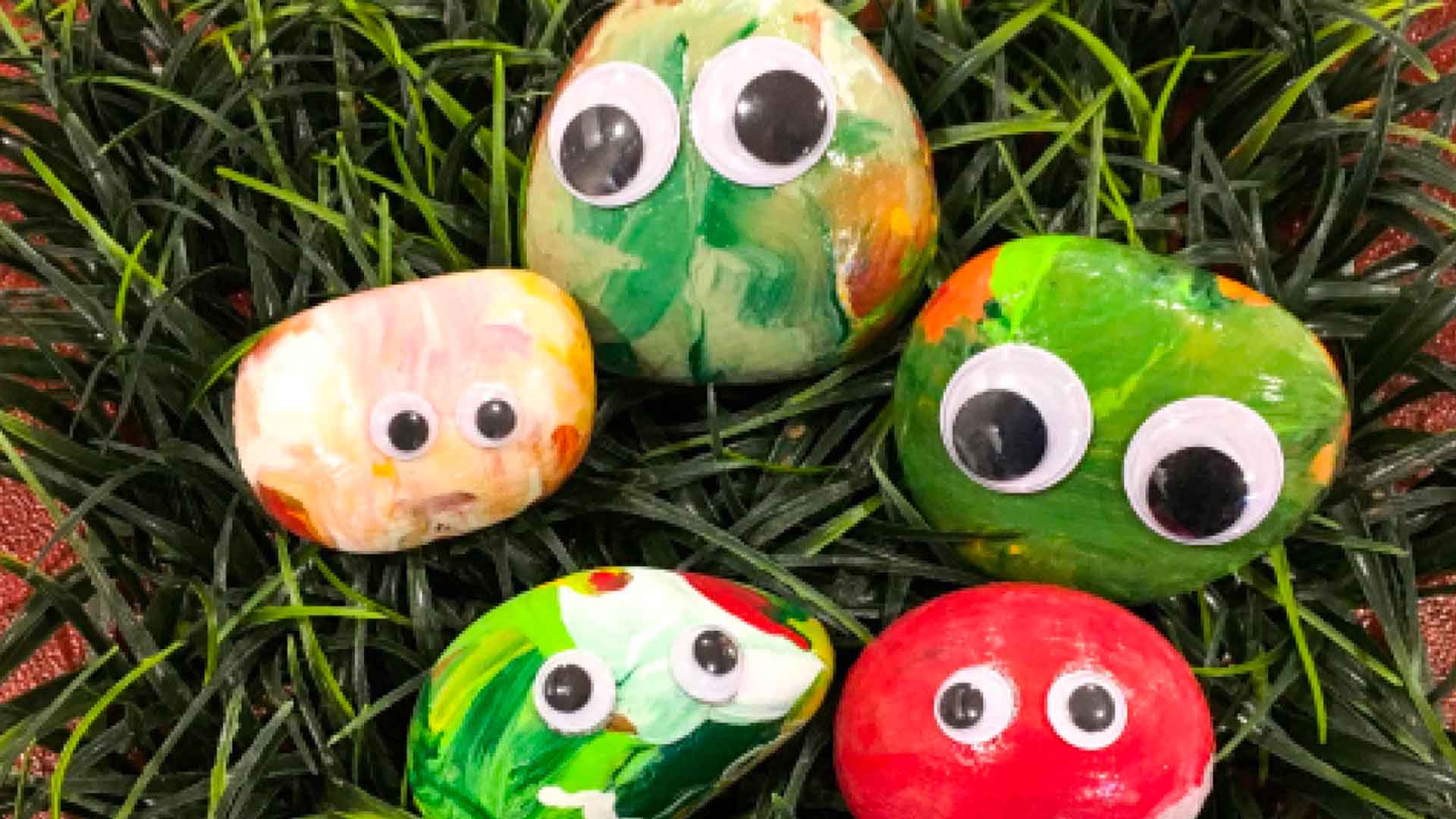
Source: Play To Learn Preschool
While many may view the pet rock as a passing fad, its legacy continues to serve as a reminder to embrace the absurd and find joy in unconventional ideas. This blend is what made the pet rock a special, albeit brief, fixture in American culture.
